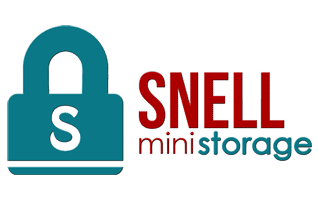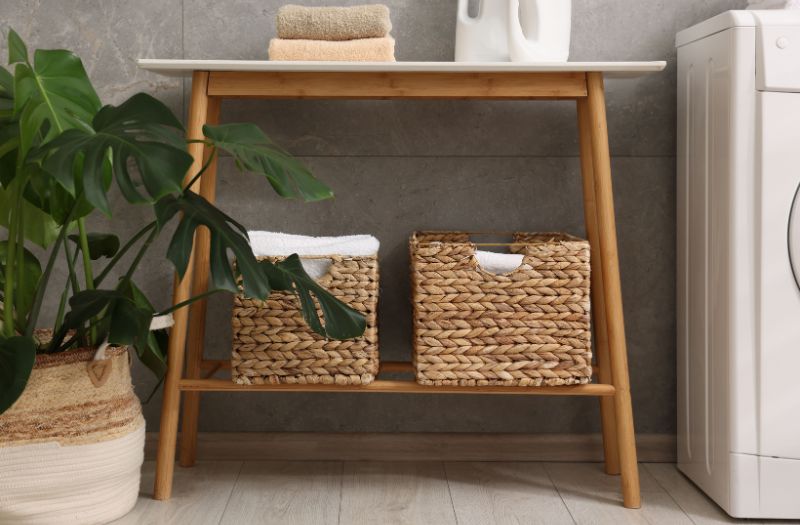Keeping your home organized doesn’t have to be overwhelming. Whether you’re managing a small apartment or a large house, implementing a streamlined storage system with bins, baskets, and labels can create more space and reduce clutter.
These storage essentials not only help to sort and categorize your belongings but also keep your home looking tidy and functional.
In this article, we’ll walk you through 10 practical steps to create an efficient home storage system using bins, baskets, and labels. These solutions will help you reduce clutter, maximize your space, and keep everything organized and accessible.
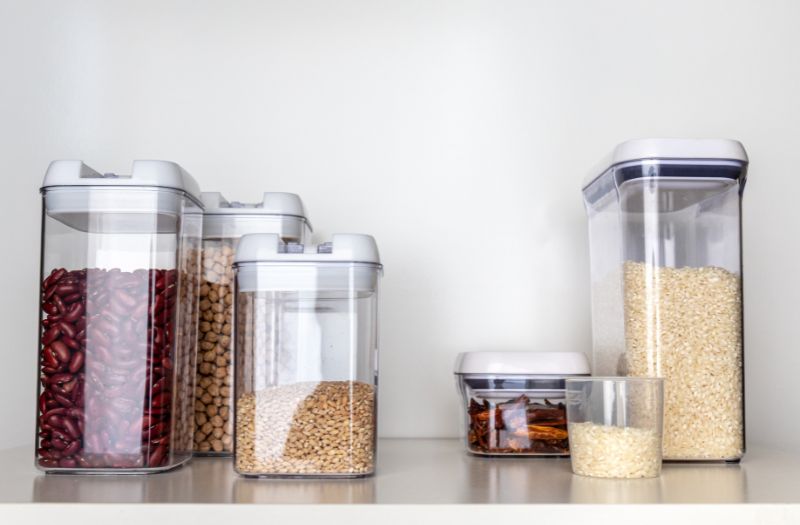
1. Choose the Right Storage Containers for Different Needs
The first step in creating a home storage system is choosing the right storage containers for your items. Containers work great for larger items or things you don’t need to access every day. It’s important to pick containers that suit the size and type of items you need to store.
Extra Tip:
Opt for clear containers when you need to see contents at a glance. For items like toys, blankets, or winter gear, large, sturdy containers work best. For things like clothes, consider foldable fabric bins that can be easily stored in closets or under beds.
2. Label Everything for Easy Access
Labeling your storage containers and baskets is an essential step in creating an organized home. Labels help ensure that everyone in the household knows where things belong, and they make finding specific items much easier. Whether you’re storing seasonal décor or everyday essentials, labels make it all simple to track.
Extra Tip:
Use a label maker to create neat, professional-looking labels, or make your own using printable adhesive labels or chalkboard labels for a personalized touch. Make sure to label both the front and sides of bins for easy identification, especially when stored on high shelves or in closets.
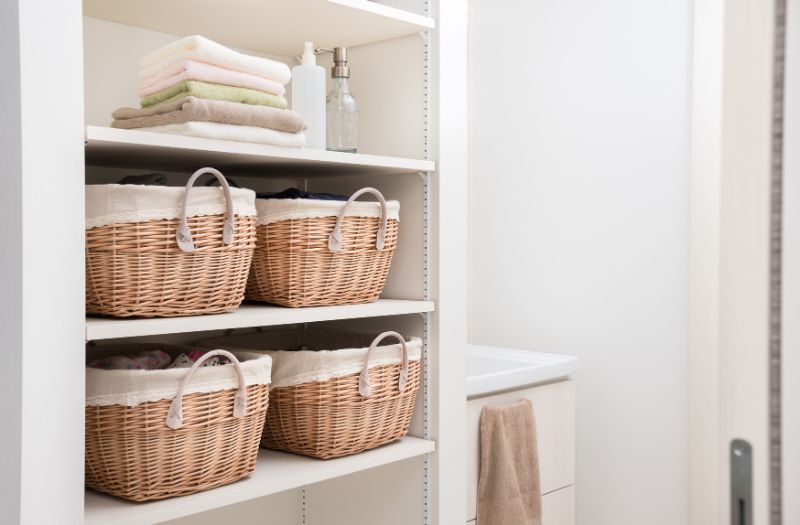
3. Maximize Vertical Space with Storage Solutions
One of the most efficient ways to maximize your home storage is by taking advantage of vertical space. Use shelving units to store containers and baskets to free up floor space. This not only helps to organize your belongings but also keeps them off the ground, making them less prone to dust or dirt.
Extra Tip:
Install floating shelves on walls or use tall storage towers to store containers or baskets. Use baskets for smaller, everyday items and reserve containers for larger, bulkier storage. Vertical storage can be a game-changer, especially in tight spaces like hallways or closets.
4. Create Storage Zones in Your Home
When organizing your home, it’s important to designate specific areas for different items. Storage containers and baskets work great when used to create storage zones in key areas like the entryway, closet, or garage. By grouping similar items together and assigning each zone its own storage solution, you’ll keep your home organized and clutter-free.
Extra Tip:
For your entryway, use a set of baskets to store shoes, scarves, and hats. In the garage, large containers can house tools, sports equipment, or holiday décor. For the kitchen, baskets are great for storing snacks, cleaning supplies, or kitchen towels, helping keep everything in its designated space.
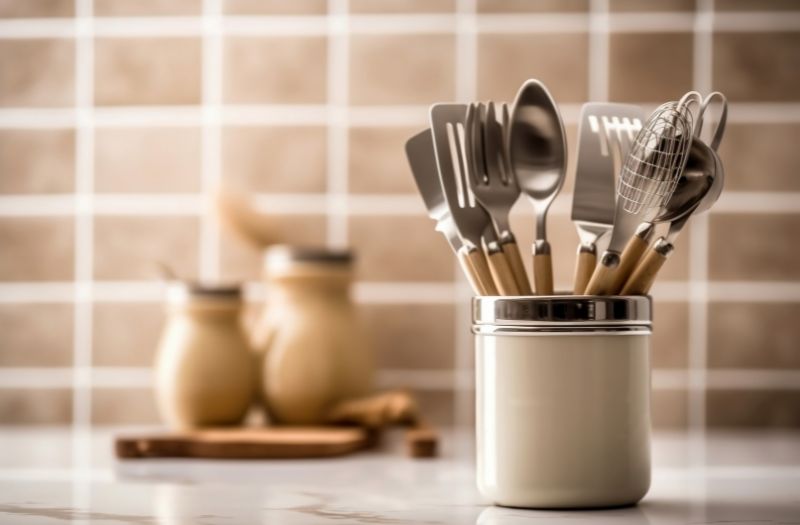
5. Label Items for Specific Rooms
Make it easy to move items between rooms by using specific labels for each space. For example, store kitchen gadgets, utensils, and dish towels in containers and label them for the kitchen. This prevents clutter from building up and helps maintain organization in every room of your home.
Extra Tip:
In your closet, use containers with labels for seasonal clothes, shoes, and accessories. For the garage, label containers with items like paint supplies, tools, or gardening equipment. By clearly marking the contents, you’ll make it easier to grab exactly what you need without confusion.
6. Use Baskets for Easy-to-Access Storage
Baskets are a great way to store items that you need quick and easy access to. They work well for things like remotes, magazines, and small toys. By having baskets in places like the living room or entryway, you can avoid clutter and keep things within arm’s reach.
Extra Tip:
Keep baskets in your entryway for items like mail, gloves, and hats. In the living room, baskets are perfect for storing extra blankets or kids’ toys. Be sure to label each basket to know exactly what’s inside, even if it’s hidden in a corner or on a shelf.
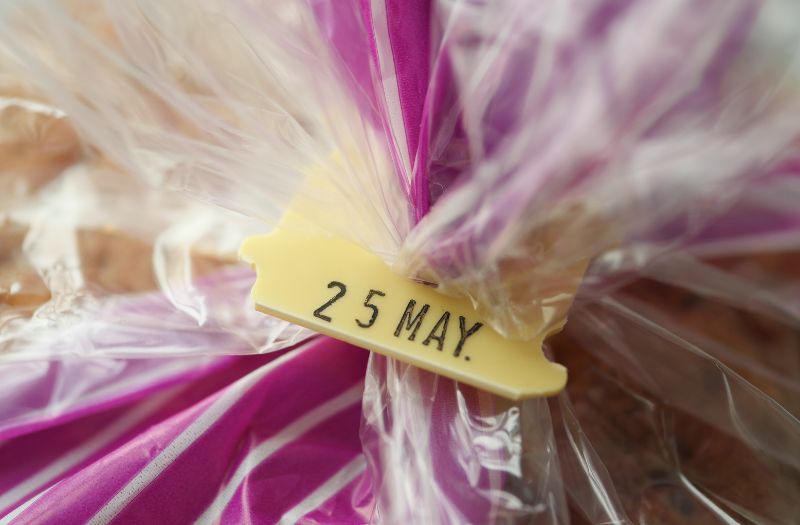
7. Track Expiration Dates with Smart Labels
When storing perishable items or supplies that have expiration dates (like cleaning products, medications, or canned goods), labeling is essential to track when things should be used or replaced. This helps reduce waste and ensures that you’re using items before they expire.
Extra Tip:
Use clear labels with bold dates for easy visibility. Consider color-coding labels for different categories like pantry items, medications, or cleaning supplies. This will make it even easier to organize and keep track of what you have.
8. Add Labels for Seasonal Rotation
If you’re storing seasonal items like clothing, décor, or holiday gear, labels are essential for easy rotation. When packing away winter clothes or holiday decorations, be sure to label each container clearly. This way, you’ll know exactly where everything is when the season comes around again.
Extra Tip:
For seasonal clothing, label each container with the season, such as “Winter Coats” or “Summer Clothes,” and store them in a closet or under your bed. Holiday décor can be organized into containers and labeled with the specific holiday or type of décor (e.g., “Christmas Lights” or “Halloween Decorations”).
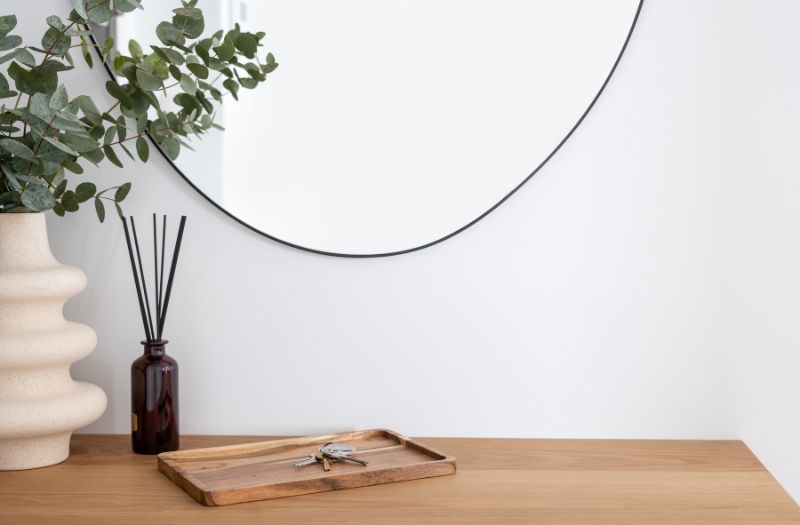
9. Create a “Frequently Used” Section with Baskets and Containers
One of the easiest ways to organize your space is by creating a “frequently used” section for items that you access regularly. Use baskets and containers to hold everyday items that need to be easily accessible, such as keys, mail, or chargers. This helps you avoid clutter and allows you to quickly grab what you need without searching through larger storage systems.
Extra Tip:
Use baskets for mail, car keys, and other small items in your entryway or near your home office. In the bathroom, use baskets for toiletries like soap, toothpaste, or makeup. By keeping these items together and within easy reach, you’ll avoid clutter and stay organized.
10. Maintain and Update Your Storage System Regularly
Creating an organized home storage system with bins, baskets, and labels is only the first step. To ensure that your system remains efficient, it’s important to maintain and update it regularly. Over time, as your needs and possessions change, your storage system should evolve to reflect those changes.
Extra Tip:
Set a schedule for decluttering and reorganizing. For example, every few months, go through your bins, baskets, and labeled containers to remove items that are no longer necessary.
If you notice that certain bins or baskets are no longer suitable for their contents, consider swapping them out for better options. Additionally, update your labels as needed, especially if items inside containers have changed or been relocated.
By routinely maintaining your storage system, you’ll prevent clutter from building up and ensure that your home stays organized long-term. Regular upkeep helps you stay on top of your organization goals, making your space more functional and visually appealing.
Conclusion
Creating an organized home storage system using containers, baskets, and labels doesn’t need to be complicated. By following these 10 practical steps, you’ll have a home that’s not only clutter-free but also functional.
The combination of properly chosen storage solutions and smart labeling helps ensure that everything has a place, and finding it is as simple as can be!

If you’re looking for a storage facility to store your belongings, Snell Mini Storage has got you covered. At Snell Mini Storage, we offer a wide range of unit selections. To learn more about our self-storage facility, please check out our website at https://snellministorage.com/.
